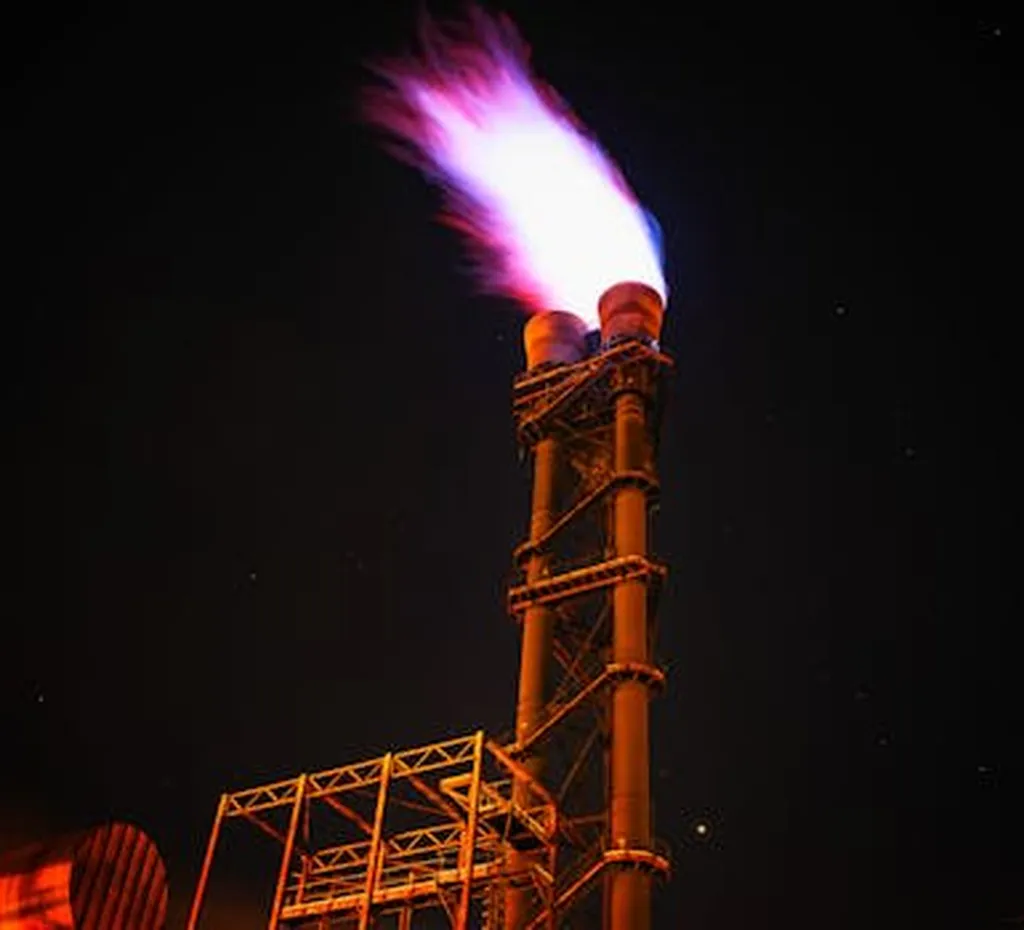In the quest to enhance the durability and efficiency of materials used in critical industries, a recent study has shed light on the intricate dance between temperature, stacking sequence, and impact energy absorption in a promising class of materials known as Carbon Fiber-Reinforced Aluminum Laminates (CARALL). This research, led by Madhusudhan Balkundhi from the Department of Mechanical and Industrial Engineering at Manipal Institute of Technology, Manipal Academy of Higher Education, India, could have significant implications for the energy sector and beyond.
Fiber Metal Laminates (FMLs), which combine the best properties of metals and composites, are increasingly being considered for applications in aerospace, automotive, and energy sectors due to their superior strength-to-weight ratio and damage tolerance. Balkundhi’s study, published in the journal *Materials Research Express* (translated to English as “Materials Research Express”), delves into the impact behavior of CARALLs under different operational temperatures and stacking sequences.
The research evaluated three different stacking sequences of CARALLs and compared their impact energy absorption capacity with traditional Carbon Fiber-Reinforced Polymers (CFRPs). The findings were striking. “The impact energy absorbed by CARALL-SS 1 was significantly higher than the other two stacking orders explored in the study,” Balkundhi noted. This enhanced performance is attributed to the strong interfacial adhesion between the metal-composite plies and the inherent energy absorption capabilities of aluminum and CFRP.
However, the study also revealed that operational temperature plays a crucial role in the impact energy absorption capacity of these materials. At higher temperatures (180°C), thermal softening of aluminum reduced the strength and interfacial adhesion, leading to a decrease in impact energy absorption by 19.2%–31.3% compared to room temperature. Conversely, at lower temperatures (-40°C), the impact energy absorption capacity was reduced by 9.3%–12.3%, with both metal and composite layers exhibiting brittle failure and reduced adhesion strength.
These findings could have profound implications for the energy sector, where materials are often subjected to extreme temperatures and high-impact conditions. For instance, in offshore wind turbines, the blades are exposed to harsh environmental conditions, including temperature fluctuations and high winds. Understanding how different stacking sequences and temperatures affect the impact behavior of CARALLs could lead to the development of more robust and durable materials for these applications.
Moreover, the research highlights the importance of considering both the material composition and environmental conditions in the design and manufacturing processes. As Balkundhi explained, “The choice of stacking sequence and understanding its behavior under different temperatures can significantly enhance the performance and longevity of materials used in critical applications.”
The study not only advances our understanding of CARALLs but also paves the way for future developments in composite manufacturing. By optimizing the stacking sequence and tailoring materials to specific operational conditions, engineers can design structures that are more resilient, efficient, and cost-effective. This could lead to significant advancements in various industries, including energy, aerospace, and automotive, where the demand for high-performance materials continues to grow.
In the ever-evolving landscape of materials science, Balkundhi’s research serves as a reminder of the intricate interplay between material properties and environmental factors. As we strive to push the boundaries of what’s possible, such insights will be invaluable in shaping the future of material design and application.

